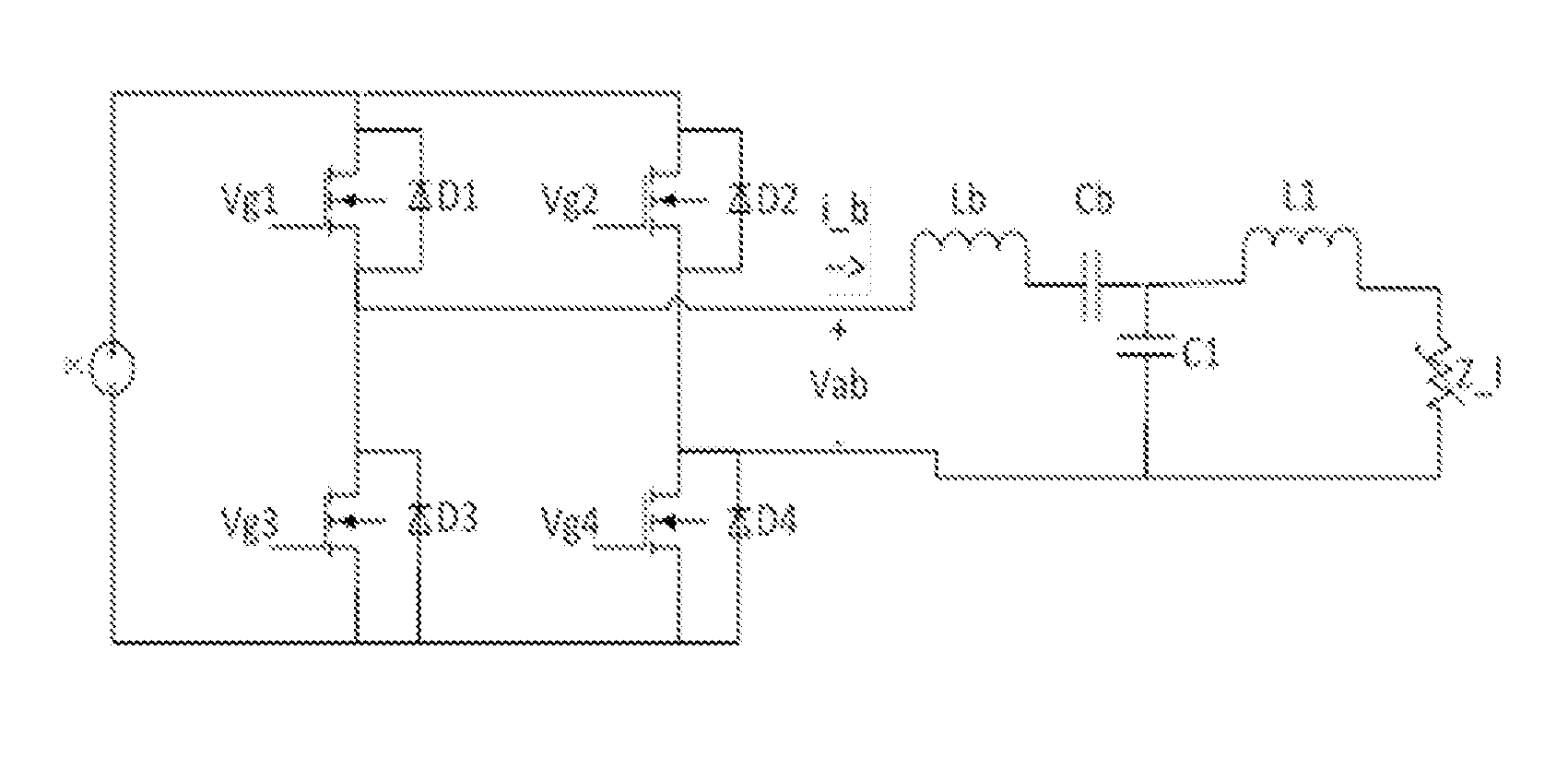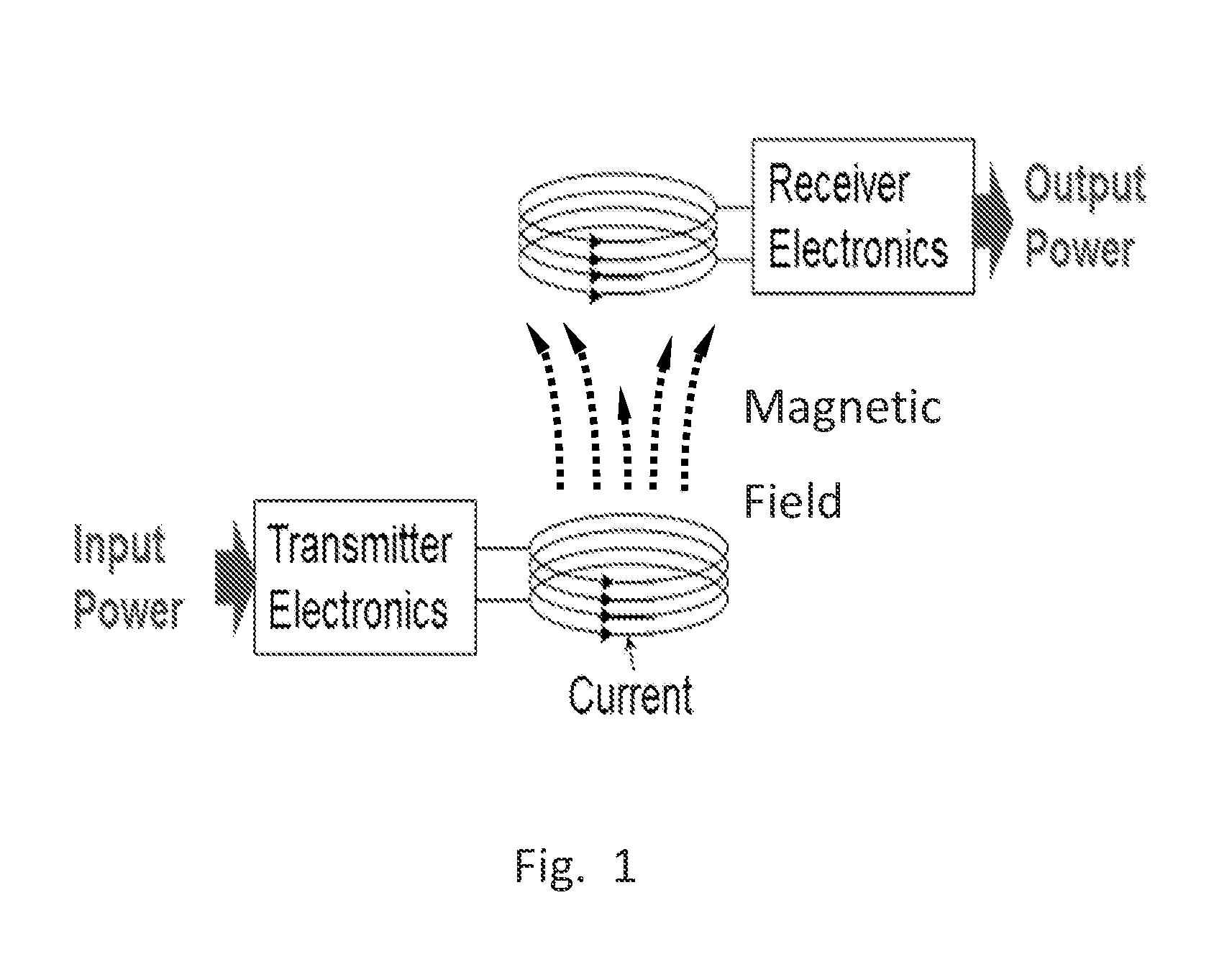Method and Apparatus for Controlling LCL Converters Using Asymmetric Voltage Cancellation Techniques
a technology of asymmetric voltage cancellation and lcl converter, which is applied in the field of methods, can solve the problems of conversion loss in transmitter electronics, and achieve the effects of improving efficiency, poor turn off characteristics, and huge diode reverse recovery loss
- Summary
- Abstract
- Description
- Claims
- Application Information
AI Technical Summary
Benefits of technology
Problems solved by technology
Method used
Image
Examples
examples
[0121]It will be appreciated that various of the above-disclosed and other features and functions, or alternatives thereof, may be desirably combined into many other different systems or applications. Also, various presently unforeseen or unanticipated alternatives, modifications, variations or improvements therein may be subsequently made by those skilled in the art, and are also intended to be encompassed by the following claims.
[0122]An overall design configuration of one embodiment of the apparatus, which has the parameter values shown in FIG. 36, is illustrated in FIG. 37. FIG. 38 is a schematic of the gate drivers. FIG. 39 illustrates a current path through the disclosed system.
[0123]FIG. 40 shows a high level block diagram of one embodiment of the system. The dotted blue line denotes isolation, as the NanoBoard 3000 controller communicates with the rest of the circuit via opto-isolators. FIG. 41 shows a resonant tank of the LCL converter.
[0124]In this embodiment, software pro...
PUM
 Login to View More
Login to View More Abstract
Description
Claims
Application Information
 Login to View More
Login to View More - R&D
- Intellectual Property
- Life Sciences
- Materials
- Tech Scout
- Unparalleled Data Quality
- Higher Quality Content
- 60% Fewer Hallucinations
Browse by: Latest US Patents, China's latest patents, Technical Efficacy Thesaurus, Application Domain, Technology Topic, Popular Technical Reports.
© 2025 PatSnap. All rights reserved.Legal|Privacy policy|Modern Slavery Act Transparency Statement|Sitemap|About US| Contact US: help@patsnap.com



